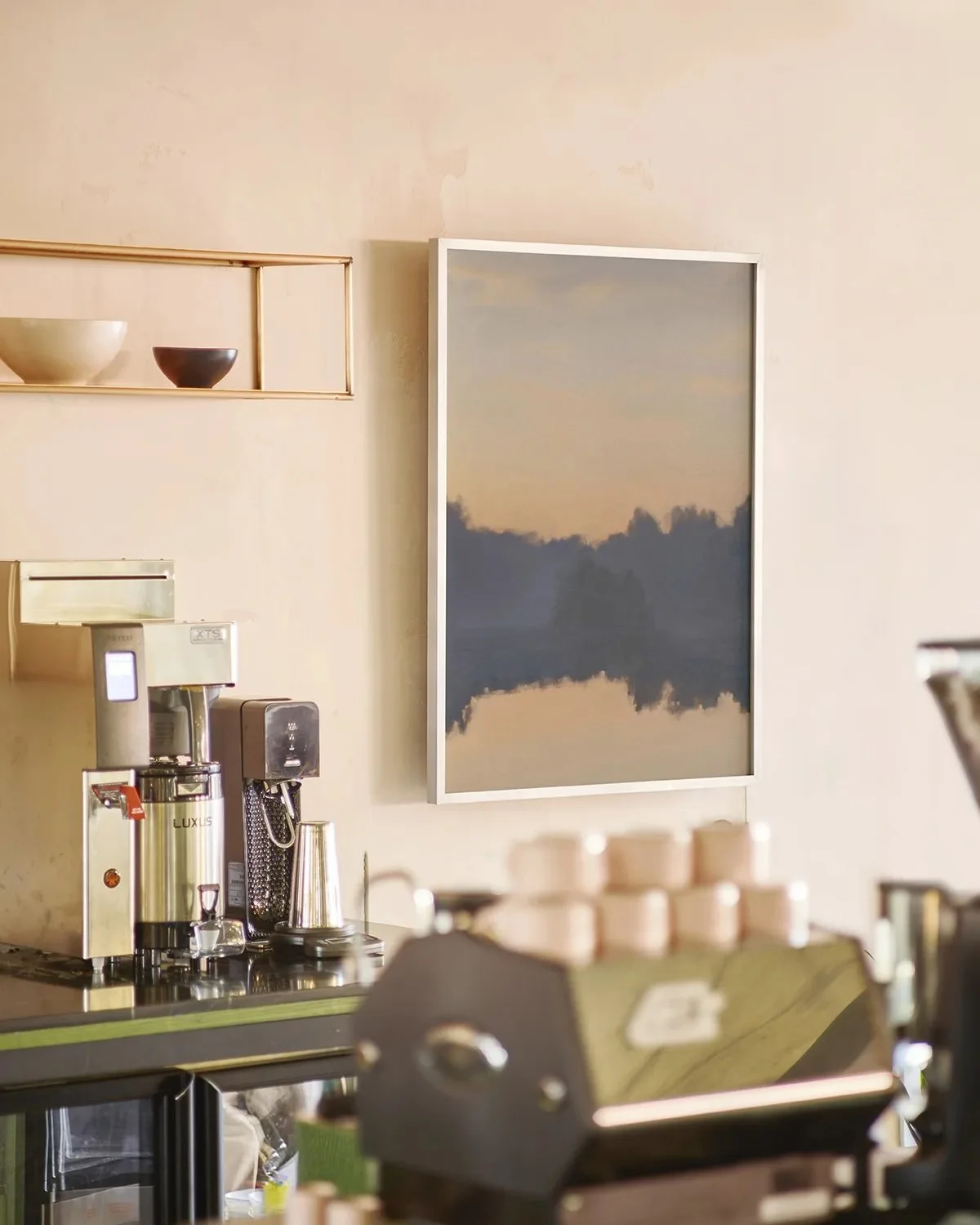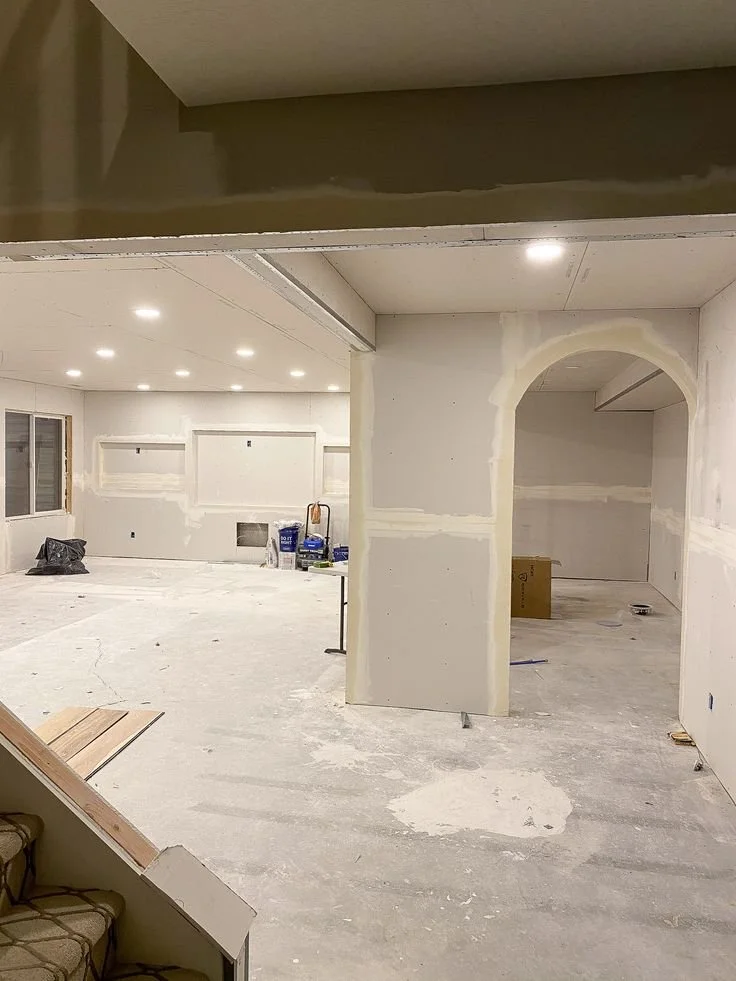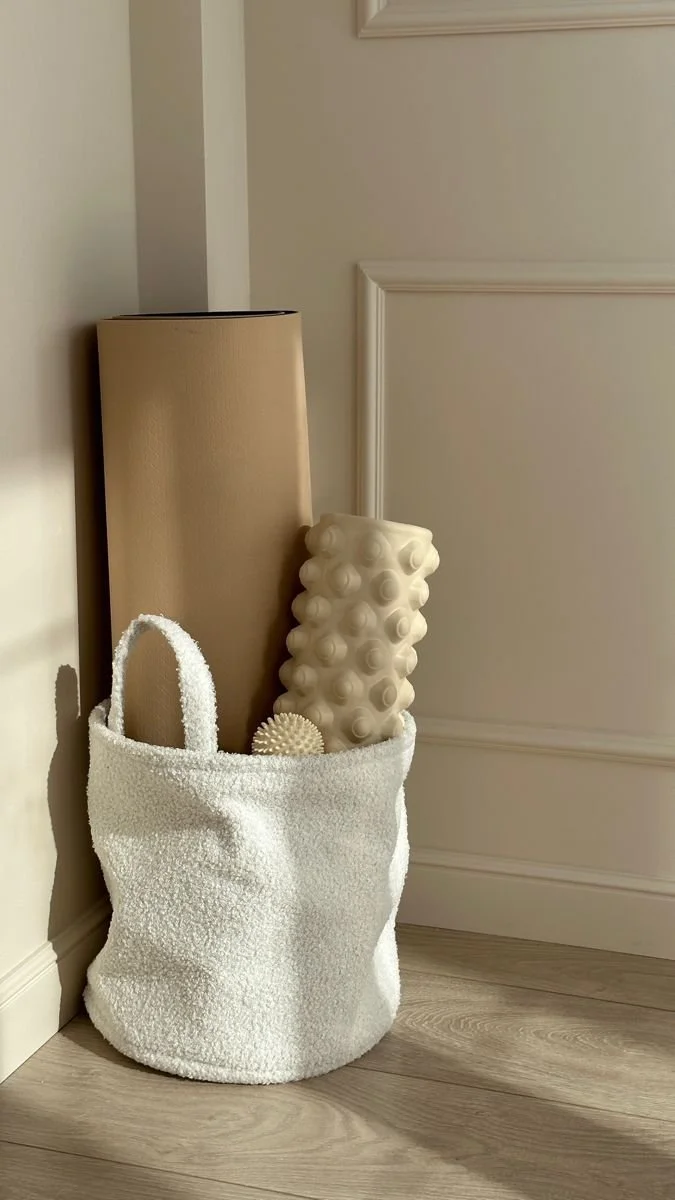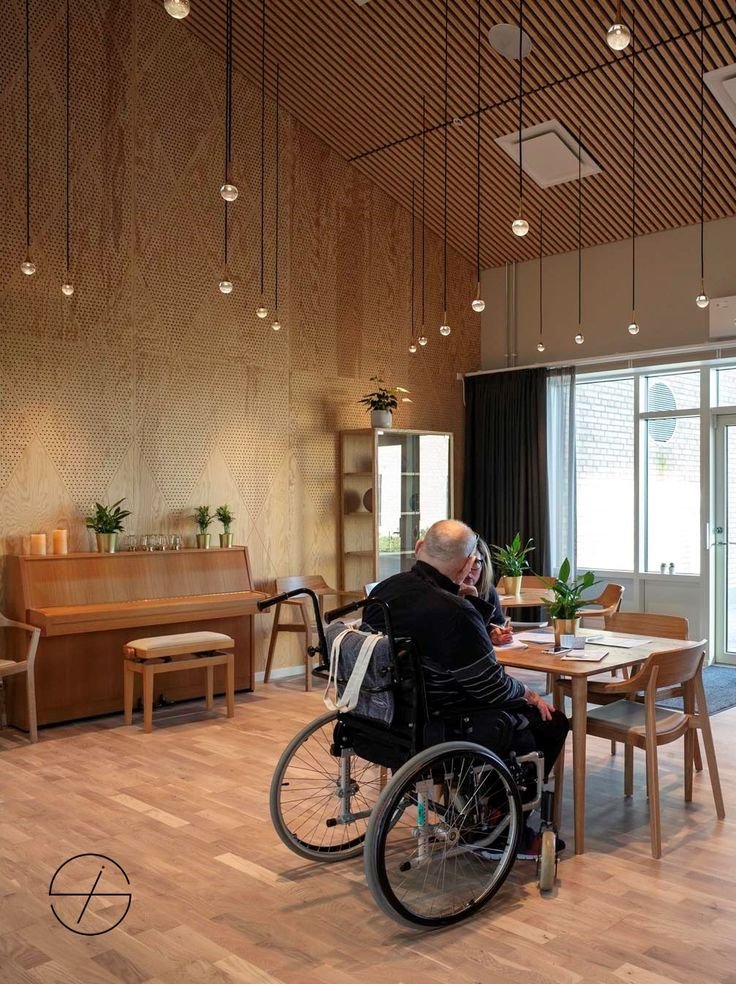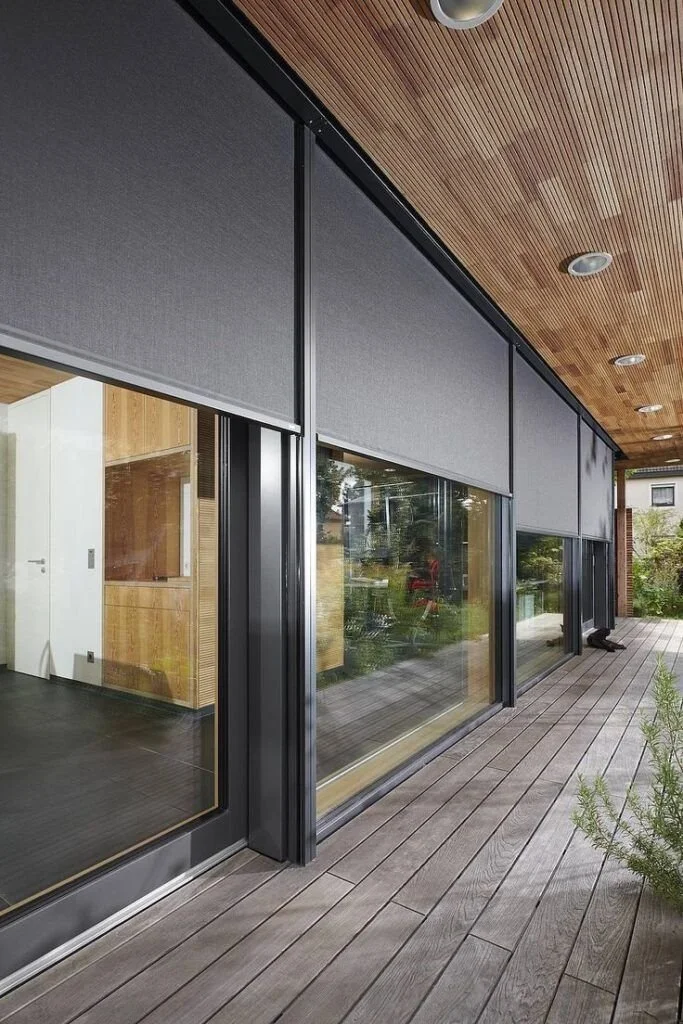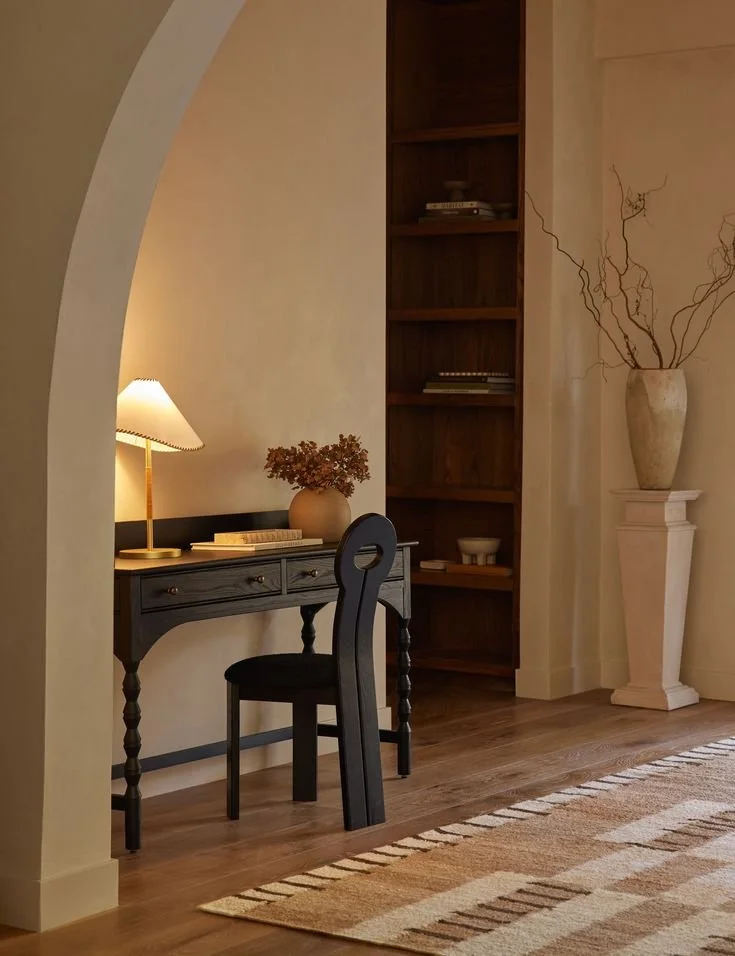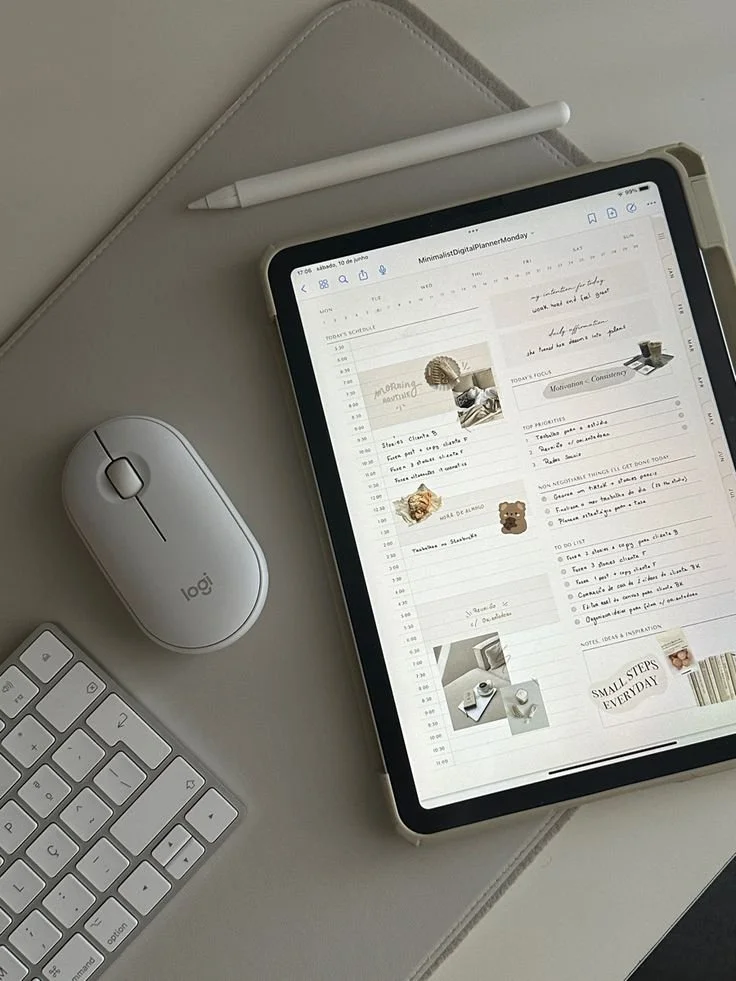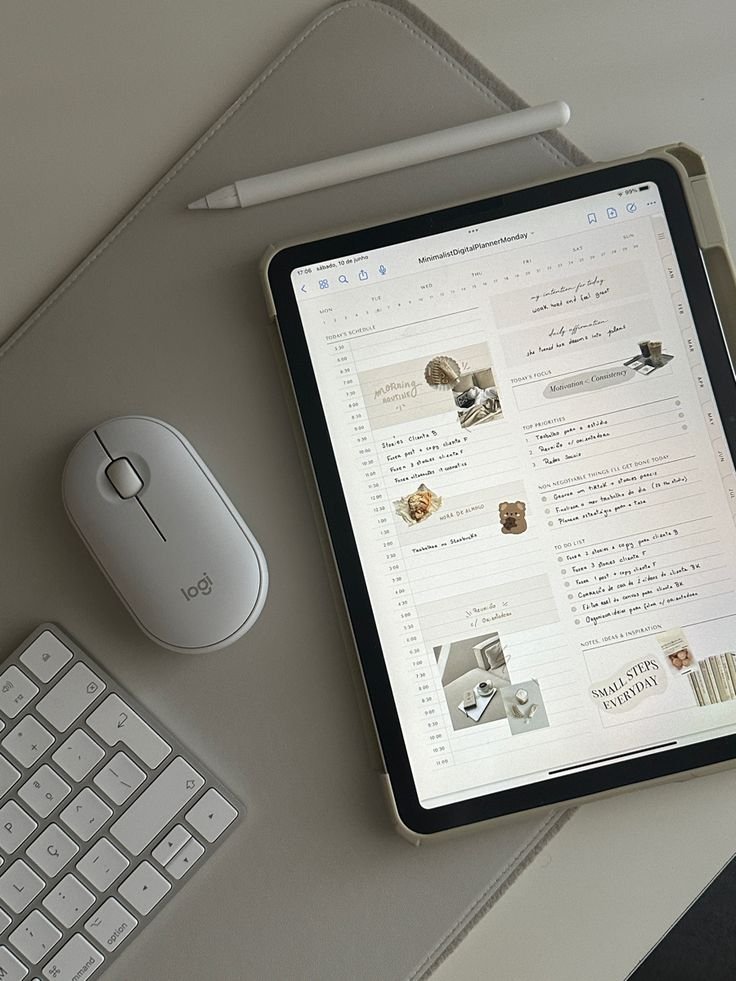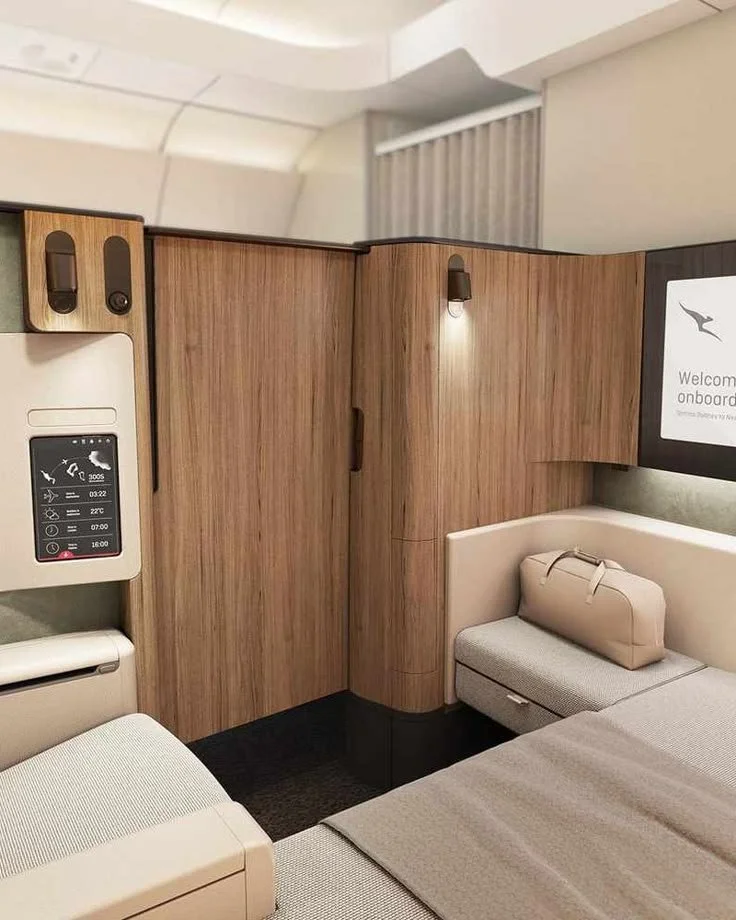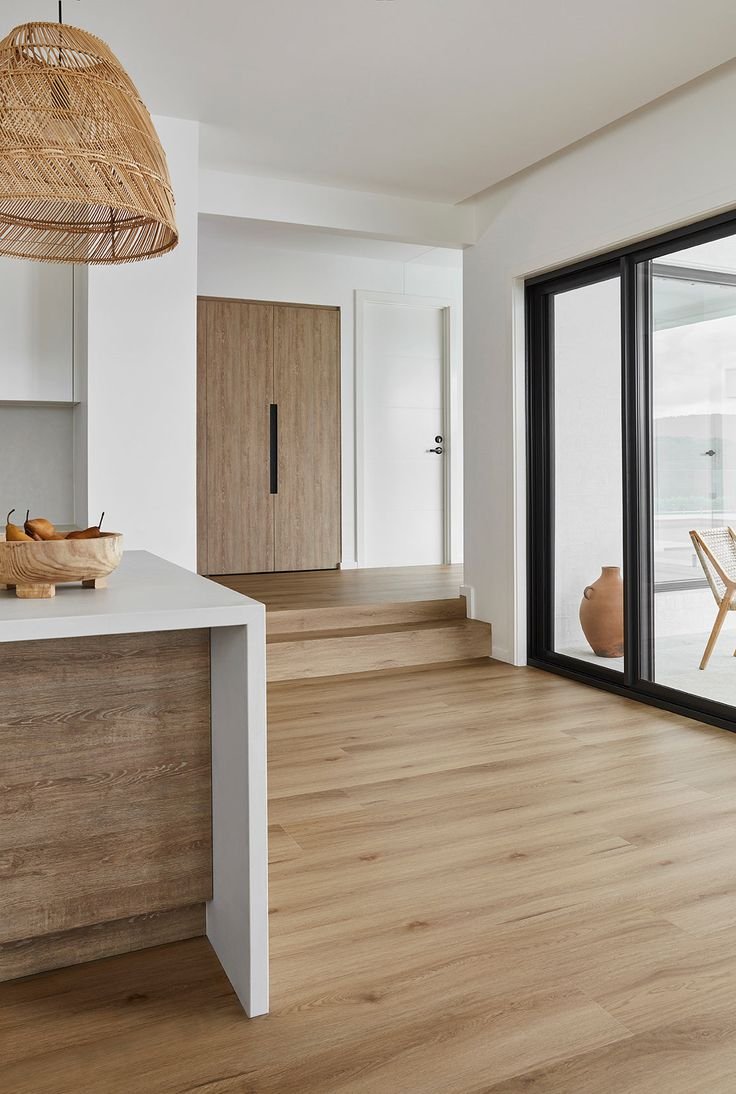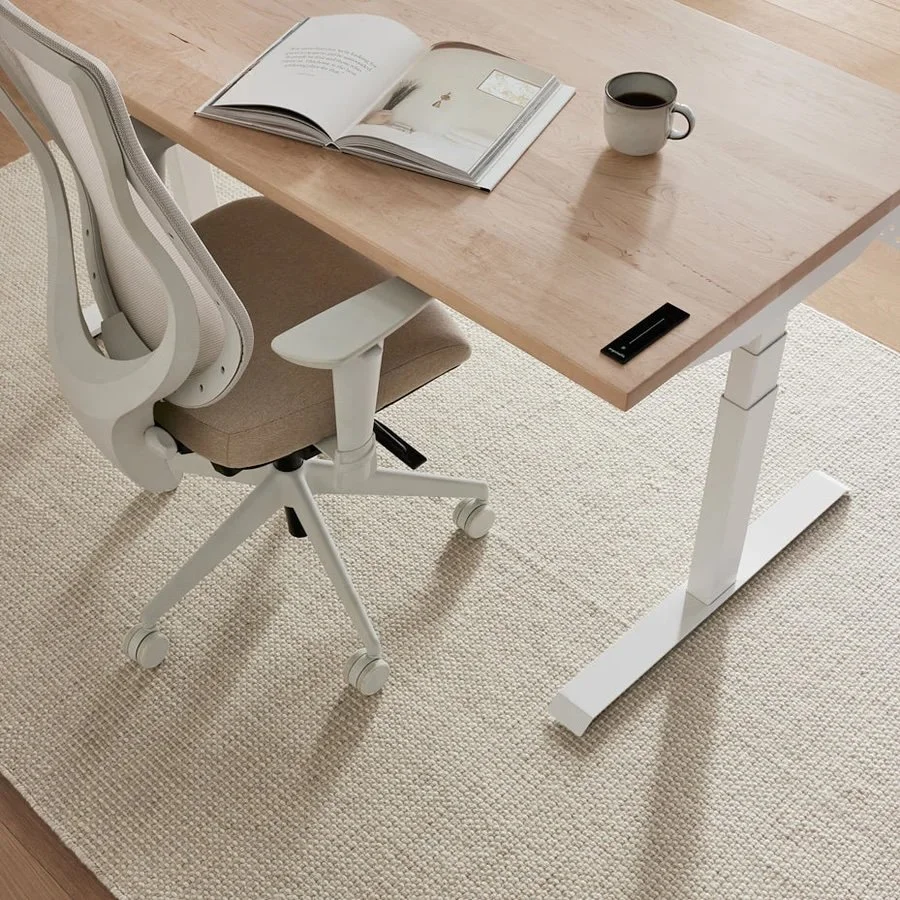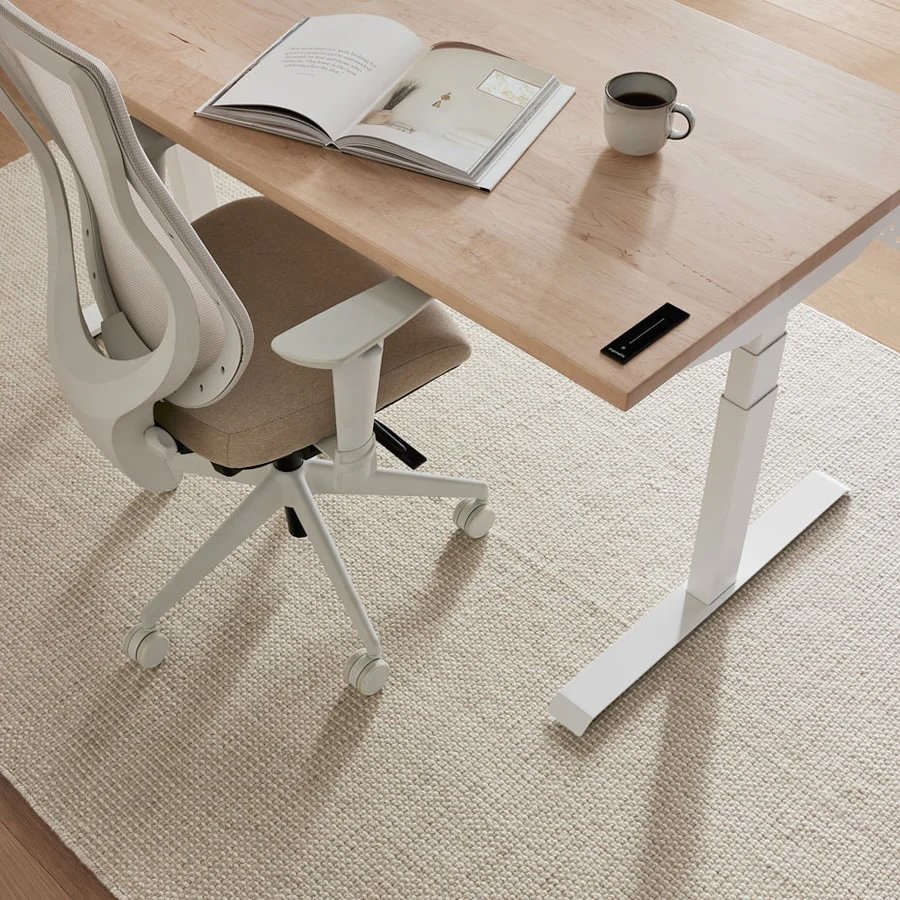Never underestimate the transformative impact that art can have on the overall atmosphere of a room. Art significantly alters the ambiance within a space, affecting emotions and perceptions.
By thoughtfully selecting art pieces, you can dramatically transform an otherwise mundane room into a truly inspiring sanctuary that not only reflects your unique personal style but also deeply comforts the soul. In this article, we explore in depth how various forms of art possess the remarkable power to influence, enhance, and elevate the ambiance of any space within your home or workplace.
No. 1
The Emotional Impact of Art in Interior Spaces
You step into a room and immediately sense its mood. Art on the walls can evoke a strong emotional response, making the atmosphere feel uplifting, calming, or even exhilarating. Strategically chosen pieces can turn an otherwise neutral space into a dynamic environment brimming with personality.
The symmetry or chaos depicted in art can influence how organized or free you feel in the space. The emotional landscape curated by your artwork can motivate you, spark creativity, or provide a soothing backdrop for relaxation.
You may find that interacting with certain art pieces helps reduce stress and increase happiness, making your living space more enjoyable. Art's emotional resonance can transform a simple room into your personal retreat.
Careful selection of art ensures the emotional tone of your interior aligns with your desired atmosphere. Embrace the power of visual expression to craft an environment that speaks to your soul and radiates positive energy.
No. 2
Choosing the Right Artwork for Different Spaces
Choosing the right artwork for different spaces involves understanding the unique atmospheres each room requires. For instance, vibrant and energetic pieces are perfect for living rooms, while serene, nature-inspired art may be better suited for bedrooms or offices.
Matching your selections with the functional needs and aesthetic goals of each space is essential to cultivate harmony and visual appeal.
No. 3
Living Room
The Social Hub
Art sets a dynamic tone—stimulating interactions—an essential aspect of your living room's atmosphere.
Your living room thrives with the energy of chosen art, contributing significantly to its vibrancy and social dynamics. Opt for bold, colorful pieces that embody the collective energy of the space.
Art has the power to reflect and shape the character of your living room. By choosing pieces that inspire and invigorate, you effortlessly turn your space into the ultimate social hub.
Minted
Discover the perfect blend of artistry and quality with Minted - the online marketplace showcasing a diverse collection of unique art from independent artists around the world.
No. 4
Bedroom
Creating a Personal Sanctuary
Your bedroom is your escape from the world, and art's impact on the room's atmosphere is undeniable.
Opt for pieces that evoke calmness, aiding you in unwinding after a long day. Consider nature scenes or abstract art with soothing colors, offering a sense of tranquility and refreshment. These choices not only enhance your room's aesthetic but also promote restful sleep and rejuvenation.
Additionally, thoughtful placement of art can serve as focal points that draw your eyes to peaceful imagery, helping reduce stress. Embrace the art that personally resonates with you. Envelop yourself in a sanctuary that is truly yours.
No. 5
Office or Study
Fostering Productivity
To stimulate your mind and spirit, consider selecting artwork that inspires, such as pieces with motivational quotes or vibrant abstract designs that energize the space.
The colors in your artwork also play a crucial role in setting the tone. Opt for calming hues like blues and greens, which help foster a focused and serene environment, making it easier to concentrate on tasks. Incorporating art that depicts nature can further reduce stress and improve concentration, bringing a sense of peace into your workspace.
Additionally, choosing artwork with personal significance can provide an extra layer of motivation, keeping you driven and focused on your goals. By aligning the artwork with your work objectives, you create a balance of ambition and calmness.
No. 6
Business
Branding and Identity
Incorporating art in a business setting can significantly enhance ambiance and mood, fostering a more inviting and inspiring atmosphere for employees, clients, and customers. Thoughtfully selected artworks can reflect a company's values and culture, instilling a sense of identity and purpose within the work environment.
Vibrant colors and dynamic compositions can stimulate creativity and collaboration among staff, while calming pieces may help reduce stress and promote focus. Color can also serve to significantly reinforce branding by evoking and eliciting corresponding emotions that resonate deeply with the target audience. The choice of color can influence perceptions and create a lasting impression, ultimately shaping the overall identity of a brand in the minds of consumers.
Furthermore, art can serve as a conversation starter, encouraging connections—ultimately leading to increased engagement and community. By creating a visually appealing space, businesses can cultivate an environment that aligns with their mission and inspires those who inhabit it.
No. 7
The Role of Texture and Medium in Creating Ambiance
Texture's tactile appeal transforms a space, adding an essential layer of sensory experience. Selecting artworks with varied textures, such as a rough canvas or sleek metal, profoundly influences the ambiance. Moreover, the choice of medium, whether it's a delicate watercolor or a bold oil painting, contributes depth and dimension, elevating the room's atmosphere to new heights.
The Timeless Appeal of Oil Paintings
Have you ever observed the profound impact that oil paintings have on the atmosphere of any room? In recent years, a comprehensive, peer-reviewed academic study illuminated how traditional oil paintings evoke timeless elegance, enveloping spaces with rich textures and vibrant hues.
It's no surprise, then, that these classical artworks continue to dominate galleries and private collections, effortlessly transforming the ambiance of a room with their intricate detailing and deep, luscious tones.
Whether adorning the walls of a modern loft, bringing warmth to a suburban home, or gracing the halls of the finest museums, oil paintings imbue character, sophistication, and an unparalleled sense of history. The legacy of oil paintings endures, making them a coveted addition for those seeking to elevate their interior design.
No. 8
Combining Art with Lighting for Maximum Effect
Strategically pairing art with the right lighting can transform the entire atmosphere of a room, enhancing both the visual and emotional experience.
Here’s how you can combine art with lighting for maximum effect:
Strategic Lighting: An artwork under carefully placed lighting in a contemporary setting showcases each exquisite detail, highlighting the textures and colors that are often lost in standard lighting.
Emotional Ambiance: Thoughtful lighting not only elevates the visual appeal but also enhances the emotional atmosphere, evoking feelings of warmth or excitement.
Natural Lighting: Utilizing natural light adds a dynamic dimension to art displays, as the shifting light throughout the day breathes life into the art pieces.
The interplay of Light and Art: The interaction between natural light and artwork introduces a sense of fluidity and vitality, changing the room’s atmosphere as daylight transitions.
Symbiotic Relationship: Mastering the balance between art and lighting is crucial for maximizing their combined effect, accentuating the qualities of each.
Curated Beauty: When done well, this combination turns any room into a sanctuary of curated beauty and inspiration, capturing the perfect intersection of art and illumination.
No. 9
Reflecting Personal Taste and Personality Through Art
Art is a profound expression of individuality, allowing your personality to shine through your living spaces.
Here’s how you can reflect your personal taste and personality through art:
Personal Reflection: Choose art that showcases your personal tastes, passions, and interests, creating an environment that feels uniquely yours.
Visual Autobiography: Each piece serves as a visual narrative, telling your story to anyone who steps into the room.
Emotional Connection: Strategically place art to evoke memories, stimulate conversation, and deepen your connection to the space.
Identity Through Art: Curate pieces that resonate with you, turning your surroundings into a haven that mirrors your identity.
Exploration of Styles: Embrace various styles and mediums that speak to your soul, adding a unique and personal touch to your home.
Inspiration and Motivation: Your chosen artworks not only enhance the room's atmosphere but also inspire and motivate those who experience the space.
Takeaways
Art plays a transformative role in shaping the atmosphere of a room, impacting both its aesthetic appeal and emotional resonance. The careful selection of artwork, tailored to the mood and function of each space, allows you to create environments that inspire, calm, and reflect your personal identity.
Whether through texture, color, or placement, art adds depth and personality to a room, turning any space into a unique expression of style and comfort. By integrating art thoughtfully, you enhance the overall experience within your home, office, or business.
Looking For Home Resources?
Looking to enhance your living space and create a sanctuary that supports your well-being? Explore our home partners who offer a wide range of resources to elevate your home environment.
